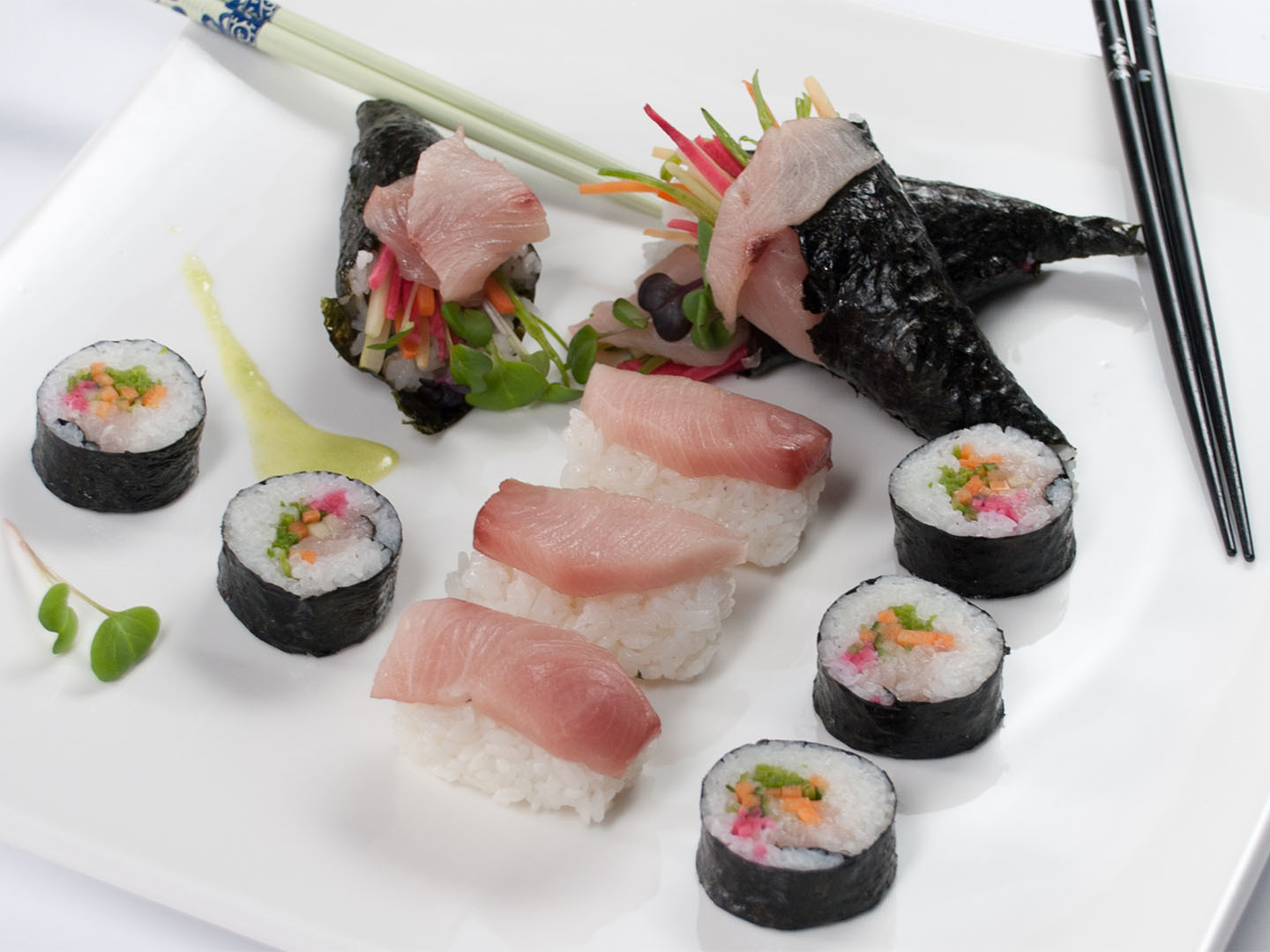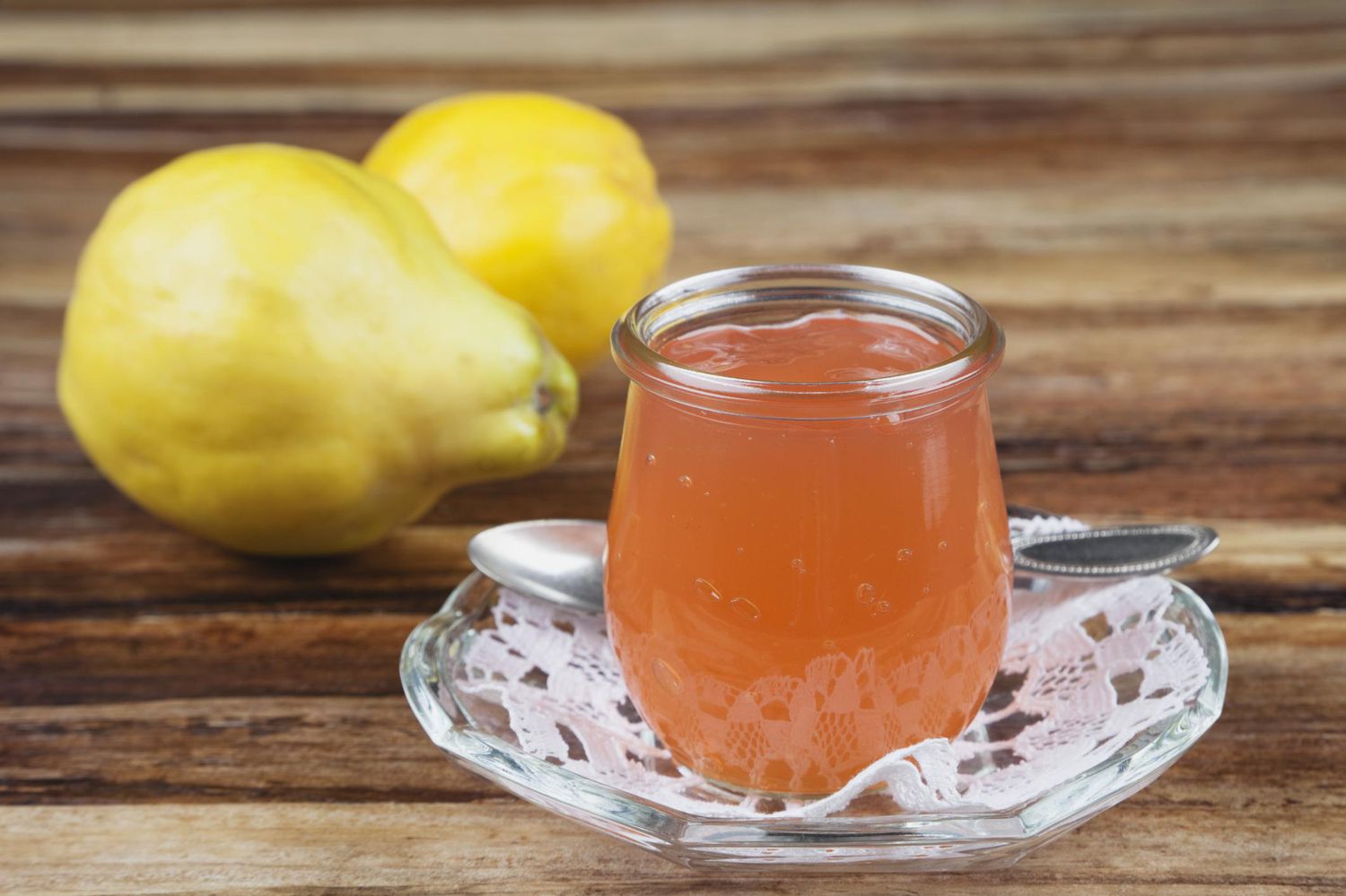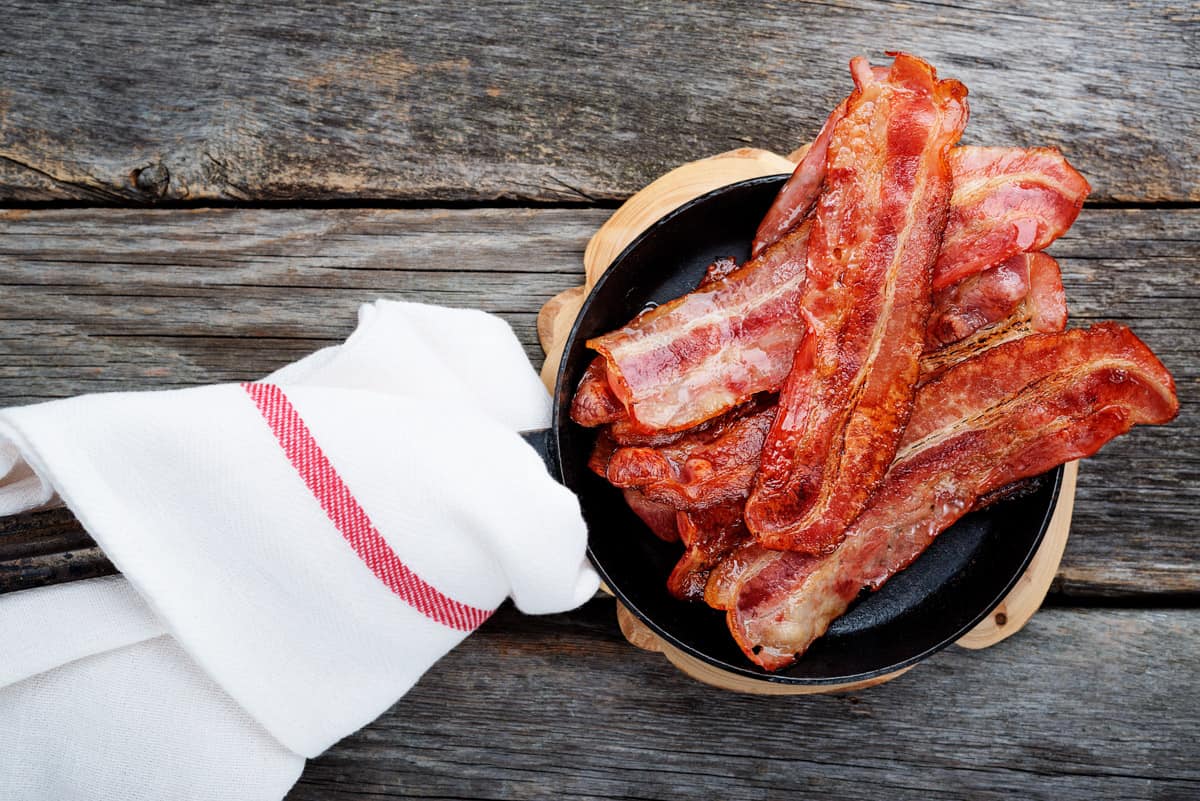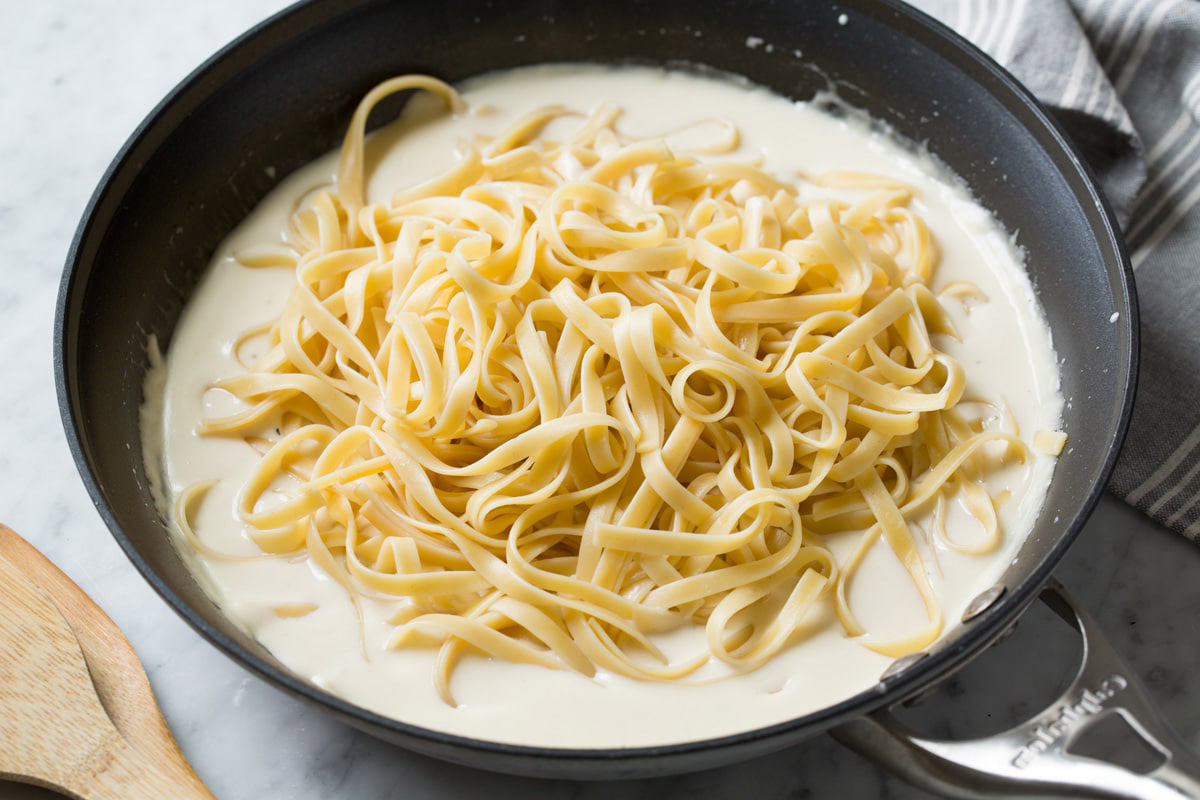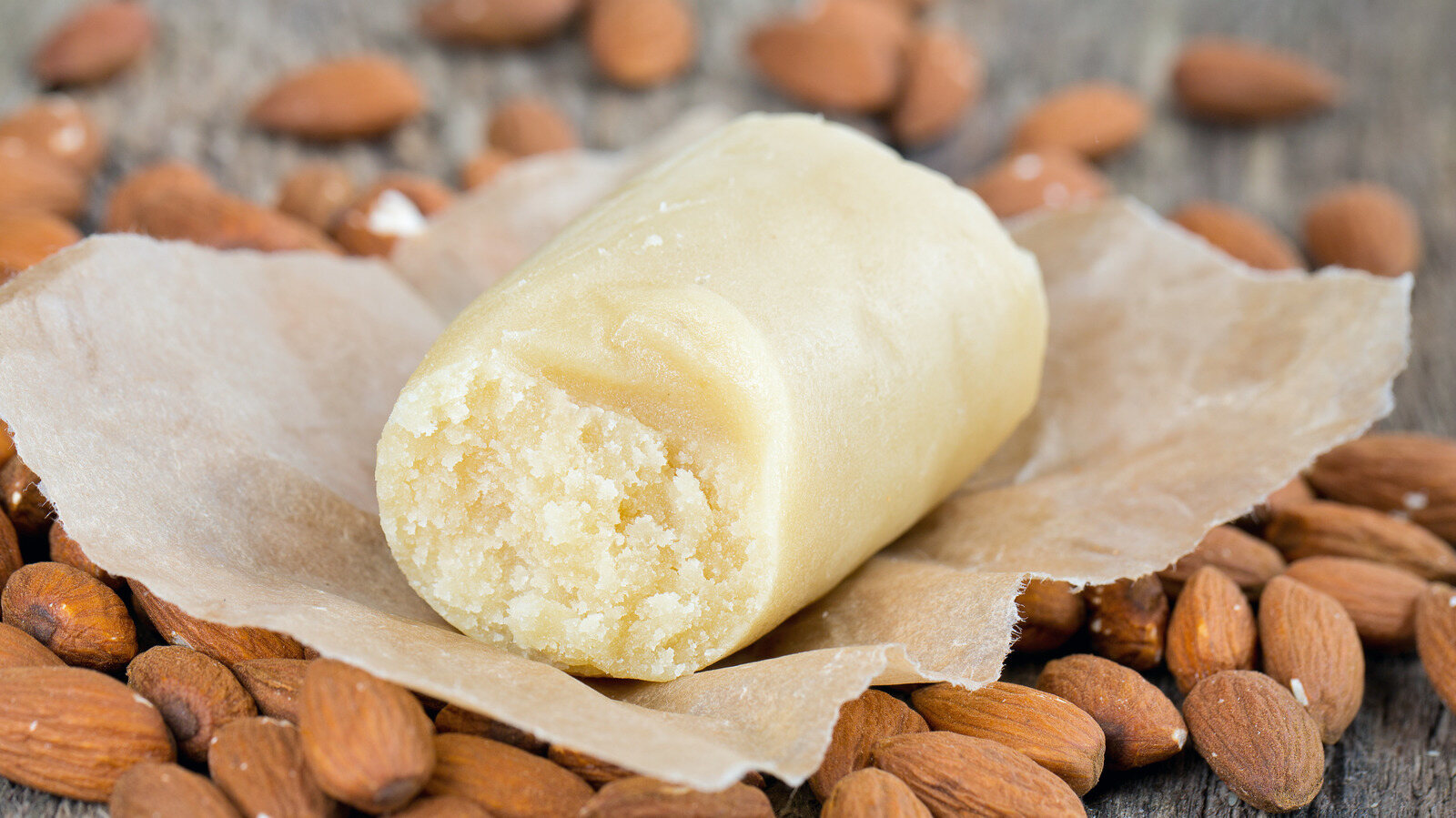Exploring the Different Types of Lettuce
When it comes to salads and sandwiches, lettuce is a staple ingredient that adds crunch, freshness, and a burst of flavor. But did you know that there are several different types of lettuce to choose from? Each variety has its own unique characteristics, flavors, and uses. Let’s take a closer look at some of the most popular types of lettuce:
1. Iceberg Lettuce
Iceberg lettuce is known for its crisp texture and mild flavor. It’s often used as a base for salads and adds a satisfying crunch to sandwiches. The tightly packed, pale green leaves make it a popular choice for classic wedge salads.
2. Romaine Lettuce
Romaine lettuce is characterized by its long, sturdy leaves and slightly bitter taste. It’s commonly used in Caesar salads and is also great for grilling due to its hearty texture. The dark green outer leaves and lighter inner leaves provide a visually appealing contrast in dishes.
3. Butterhead Lettuce
Butterhead lettuce, also known as bibb or Boston lettuce, has tender, buttery leaves with a slightly sweet flavor. Its loose, round heads make it a popular choice for creating delicate salad wraps and adding a soft, velvety texture to dishes.
4. Arugula
Arugula is a peppery, leafy green that adds a bold, slightly spicy flavor to salads. It’s often mixed with other greens to add a kick of heat and depth of flavor. Arugula is also delicious when lightly wilted and used as a topping for pizzas and flatbreads.
5. Spinach
While not technically a lettuce, spinach is a popular leafy green that is often used interchangeably with lettuce in salads. It has a mild, slightly earthy flavor and is packed with nutrients. Spinach is versatile and can be enjoyed raw in salads or cooked in a variety of dishes.
6. Leaf Lettuce
Leaf lettuce comes in various colors, including green, red, and speckled varieties. It has a mild flavor and delicate texture, making it a great choice for mixed green salads. The vibrant colors of the leaves add visual appeal to dishes.
Choosing the Right Lettuce
When selecting lettuce for your meals, consider the flavor, texture, and intended use. Crisp lettuces like iceberg are perfect for adding crunch to dishes, while tender varieties like butterhead are ideal for creating delicate, flavorful salads. Mixing and matching different types of lettuce can result in a well-balanced and visually appealing dish.
Whether you’re looking to add a refreshing crunch to your sandwich or create a vibrant, nutrient-packed salad, there’s a type of lettuce to suit every taste and culinary need. Experiment with different varieties to discover your favorites and elevate your meals with the diverse flavors and textures of lettuce.
So, the next time you’re at the grocery store or farmer’s market, consider trying a new type of lettuce to add a fresh twist to your culinary creations!
Was this page helpful?
Read Next: What Is A Fruit Cocktail


